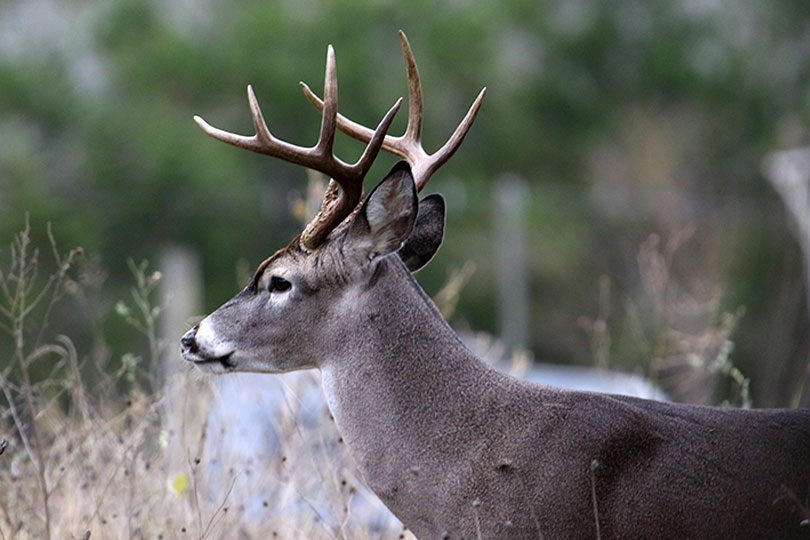By Julie Tomascik
Editor
Concerns of spreading fever ticks have state officials urging hunters in South Texas to be vigilant when handling deer carcasses this hunting season.
As of Sept. 20, 2,444 premises totaling about 1.4 million acres were quarantined due to fever ticks.
Those premises are classified as infested, exposed, adjacent or check premises and include acreage in 45 Texas counties.
All live animals capable of hosting fever ticks, as well as capes and hides, must be inspected and treated prior to movement from any quarantine premises.
The general white-tailed deer hunting season opens Nov. 4, and hunters can play an active role in monitoring fever ticks.
“It is important for hunters to watch for fever ticks, because they are capable of carrying Babesia, a disease that would gravely affect the Texas cattle industry,” Dr. T.R. Lansford, assistant executive director of Animal Health Programs for the Texas Animal Health Commission (TAHC), said.
Cattle, horses, white-tailed deer, nilgai, red deer and elk can act as a host for the tick.
Although the tick does not directly affect cervids, it does attach to deer and antelope, which can carry the pest miles from a premises.
Fever ticks are capable of carrying and transmitting a protozoa that attacks red blood cells. Naïve cattle herds—like in Texas and the U.S.—are highly susceptible to the disease and up to 90 percent of infected cattle can die.
This reinforces the need to know where ticks are located.
“Hunter-harvested white-tailed deer and other exotic hoofstock provide excellent surveillance for determining the presence, and even more importantly, the absence of fever ticks on a premises under quarantine,” Lansford said.
He noted fever tick inspection and treatment of hunter-harvested animals is performed by TAHC or U.S. Department of Agriculture inspectors usually at the premises where an animal is harvested.
Inspection and treatment can also occur at a congregation point, such as a hunting camp, located on the premises where the animal was harvested.
“In general, arrangements for inspection and treatment are worked out with the owners or leasees hunting the quarantined property as part of the quarantine process,” Lansford said. “If an animal is harvested on a non-quarantine premises, hunters may self-examine their animal. If they suspect a fever tick is on the animal, they are advised to contact their local TAHC Region office, local veterinarian or Texas A&M AgriLife Extension agent for assistance and guidance.”
Finding a cattle fever tick on a hunter-harvested animal will result in the premises where that animal was harvested being placed under an infested quarantine, if it is not already designated as such, Lansford said.
More information on fever ticks can be found at www.tahc.state.tx.us.

